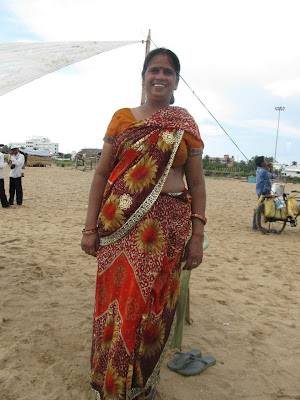Men, men and more men
Walking the streets of Bhubaneswar, I often find myself struck by the same question: Where are all the women? Groups of men swarm the streets, but typically in the company of their own sex. There is a noticeable dearth of women. There are two reasons for this. The first is the patriarchal culture in India which keeps many women in the home, tasked with childcare and domestic duties. The second reason is more startling, significant and worrisome; there are simply far more men than there are women. Recent census data suggests that there are as many as 200 million more men than women across the whole of India.
Driving this gender imbalance is the structural makeup of the Indian family system, which ensures a son is more economically viable by way of avoiding costly dowry payments. Once married, a son will remain in the family home to look after ageing and ailing parents, as well as carry on the family name. These factors have created an explicit cultural preference for sons over daughters.
When this cultural preference is combined with ultrasound technology, we find ourselves in a dangerous place where people can make deliberate decisions on the gender makeup of their family. Sex selective abortion is so prolific in India that it is now illegal for a medical practitioner to inform expecting parents of the sex of the unborn foetus. It is difficult to think of a greater violence against women than the denial of life; the termination of a foetus solely on the basis of its sex.
A young tribal girl in Koraput district
Due to this practice of sex selection, the gap between numbers of women and men is widening; this is evident in the particularly large demographic imbalance in the population under 6 years. What will happen to these boys and girls in 15 – 20 years when they are grown up and seeking a partner? There will not be enough women for each man to have a bride, so potentially this could result in forced polyandry, where a woman has to marry or cohabit with several men. A scarcity of women could also lead to an increase in the number of rapes, abductions and trafficked women, and therefore an overall rise in gender based violence. Women could become a scarce commodity, and brides purchased and sold.
Girls in the small town of Raghurajpur
Trócaire are working with local NGOs in Orissa such as NAWO (National Alliance of Women in Orissa) and local government bodies in order to support daughter-friendly initiatives, including sensitising health workers on the issue and printing greeting cards to be given to the mothers of newborn daughters. By engaging with government bodies, female activists, health practitioners and local communities, we are supporting the birth of a movement which rails against the culture of male preference towards a more egalitarian space.
Some of the amazing female activists we work with



















































